 In Black Was the Ink, the Reconstruction era comes alive for a 16-year-old boy with the help of his ancestor.
In Black Was the Ink, the Reconstruction era comes alive for a 16-year-old boy with the help of his ancestor.
Malcolm has been sent to his family’s farm in Natchez, Mississippi, for the summer following a traumatic interaction with the police in his hometown of Washington, D.C. Shortly after arriving, he discovers that what land remains is in jeopardy of being stolen by the state to expand the highway, a repeat of an earlier injustice that privileged land belonging to white people.
Malcolm doesn’t fully understand the significance of this until he finds an old diary written by a certain Cedric Johnson. Through Cedric’s words, Malcolm is transported back in time to the Reconstruction era — not just that, during these episodes, he actually becomes Cedric.
Malcolm witnesses the strides made by formerly enslaved people and how they were undone by [white landowners and politicians] determined to preserve inequalities, as well as meeting prominent Black political figures of the time. As he understands the parallels with his present, Malcolm realizes how to enact change to save his family’s farm.
This engaging and timely novel, showcasing atrocities and highlighting joyous moments, will likewise transport its readers. Meticulous details and a leisurely pace lead to a realistic but uplifting conclusion. Malcolm’s anger over the plight of Black Americans will resonate with many readers and open the minds of others. A dynamic look at how the past can inform the future. [Description from Kirkus Reviews.]
Read more about the book in a teachers’ guide. Author Michelle Coles is available for virtual classroom visits. Fill out the request form.
There is also an audiobook version of Black Was the Ink, narrated by Ruffin Prentiss. Available here.
View a discussion with the author hosted by NMAAHC.
ISBN: 9781643794310 | Tu Books
Learn more about Reconstruction from the Zinn Education Project national report, “Erasing the Black Freedom Struggle: How State Standards Fail to Teach the Truth About Reconstruction,” and find additional teaching resources on Reconstruction below.

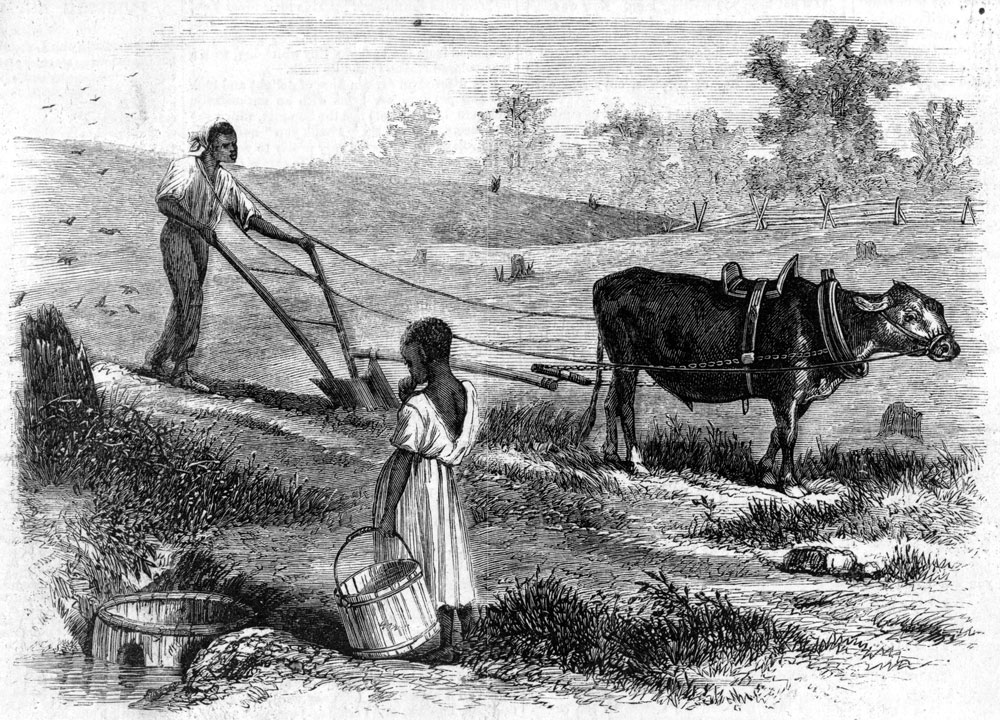
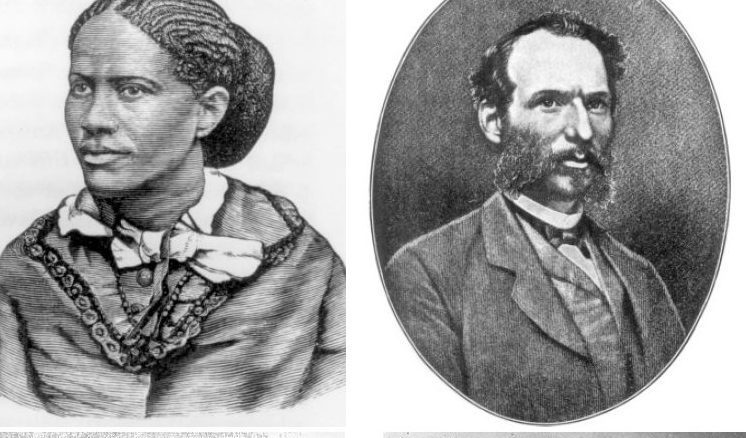
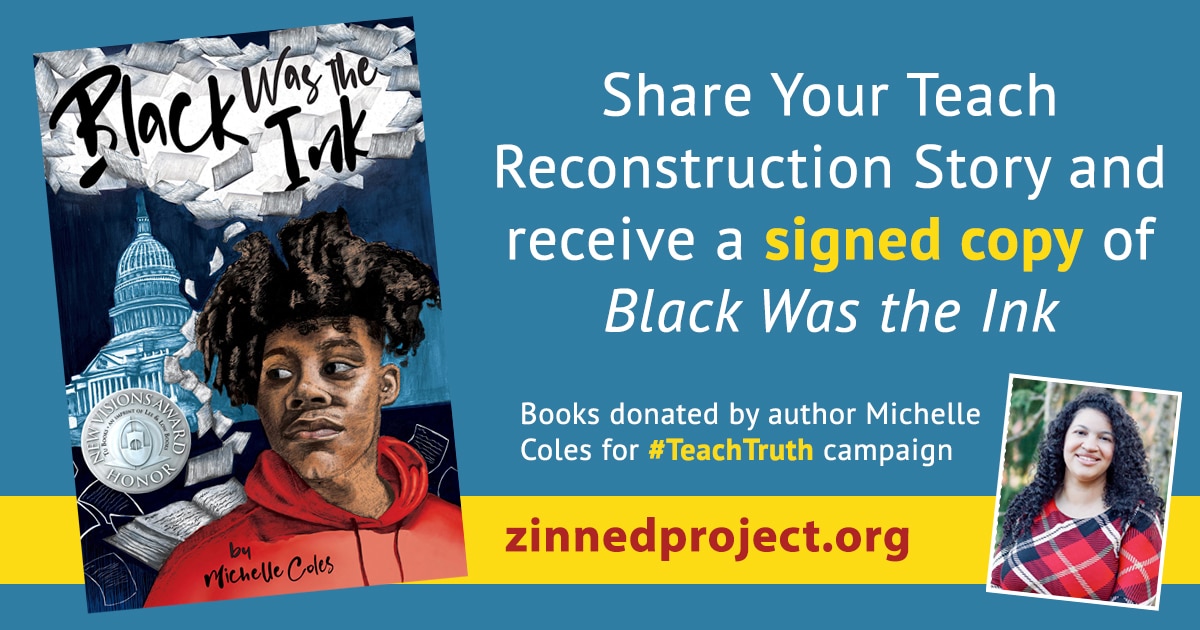
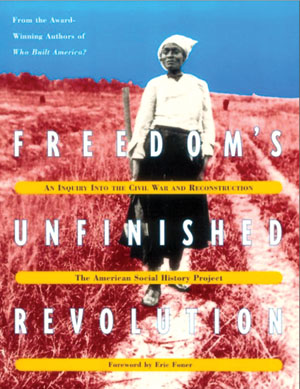
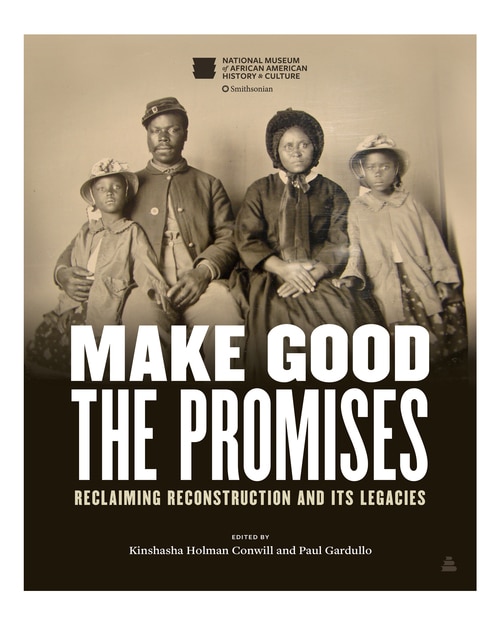
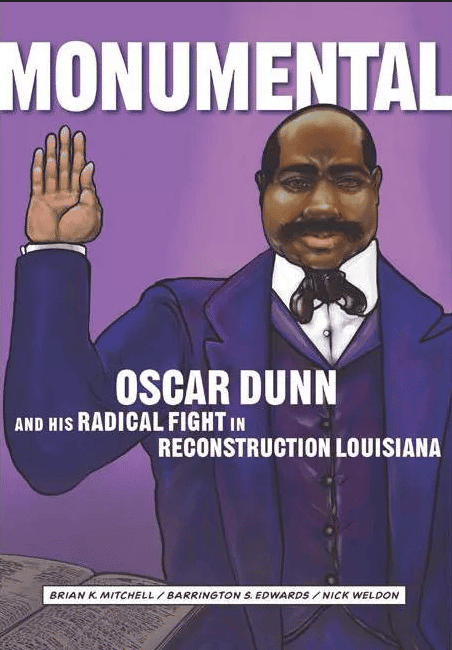
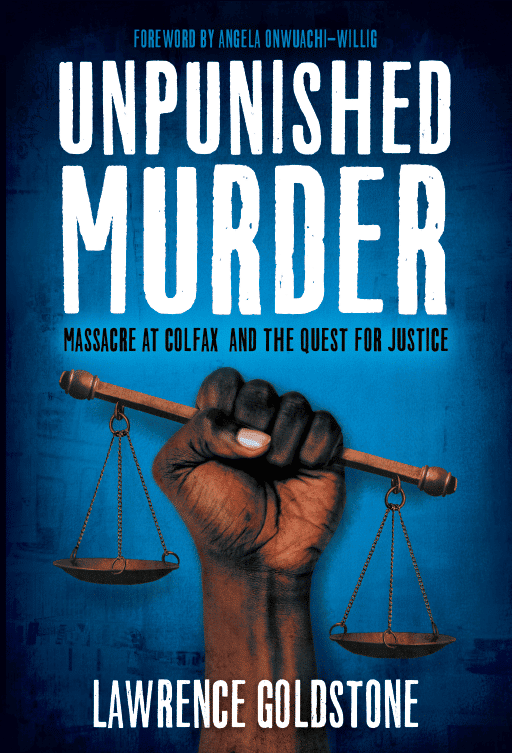
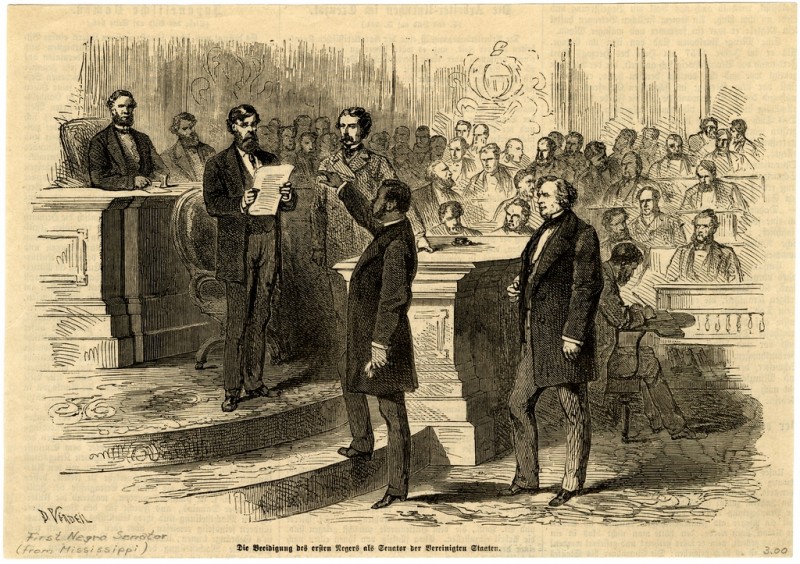
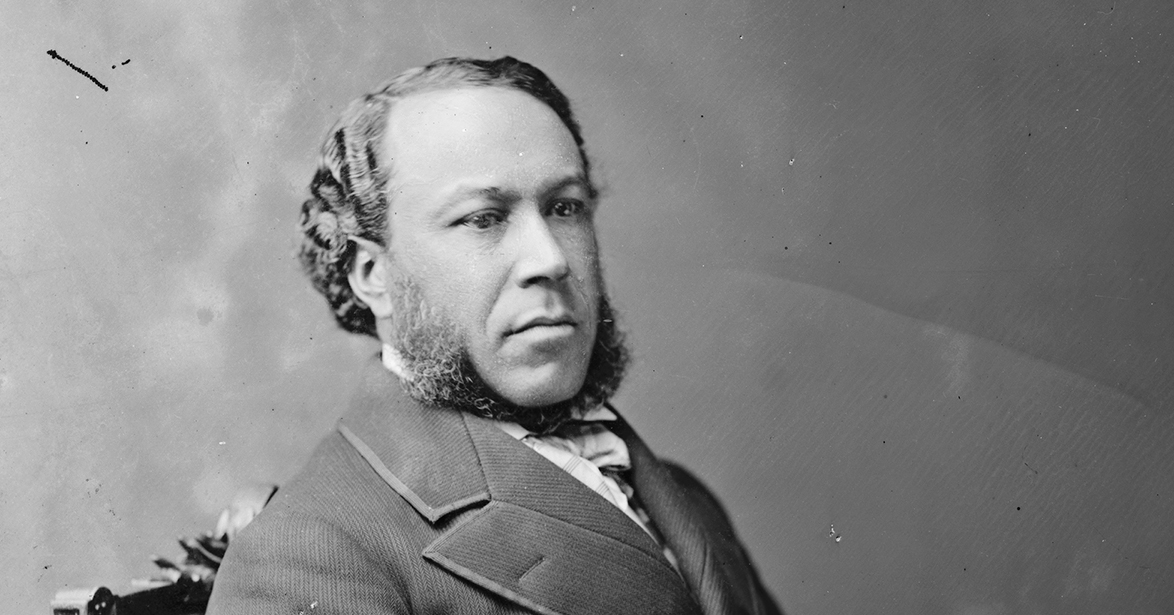
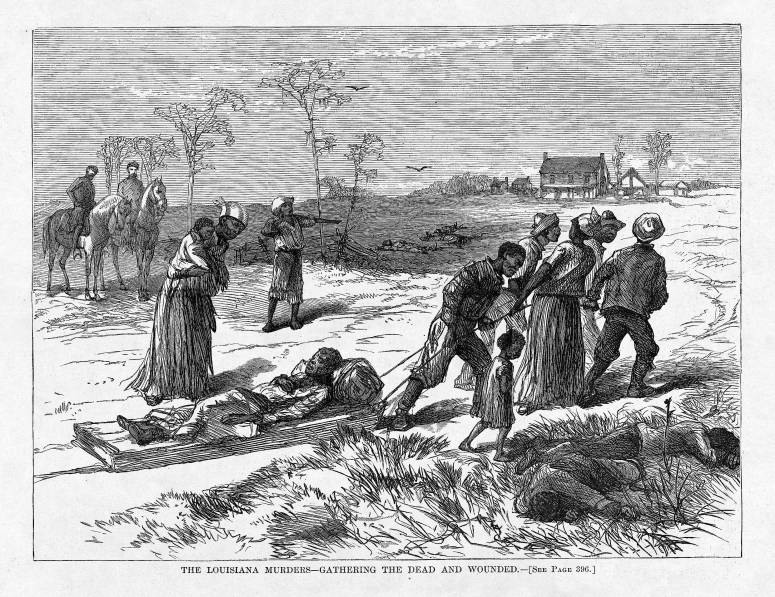
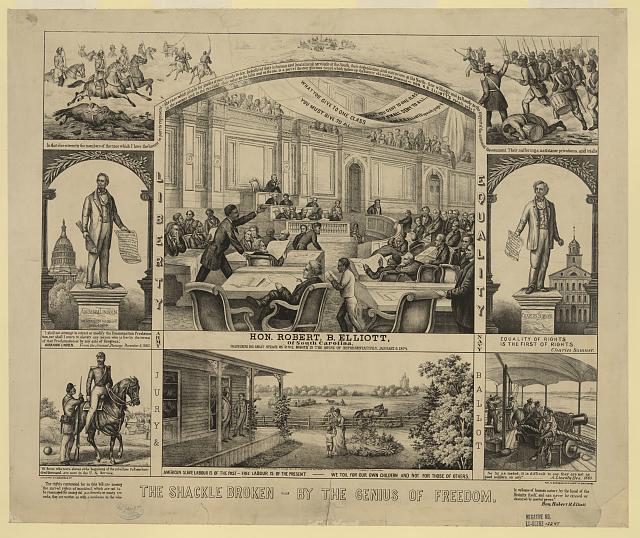







Twitter
Google plus
LinkedIn